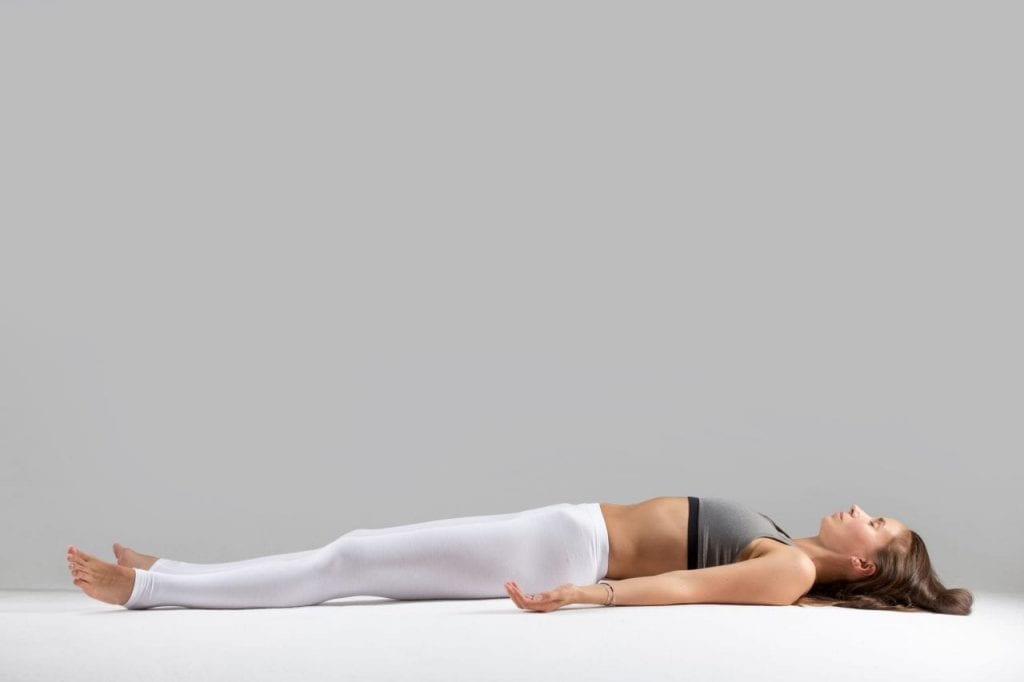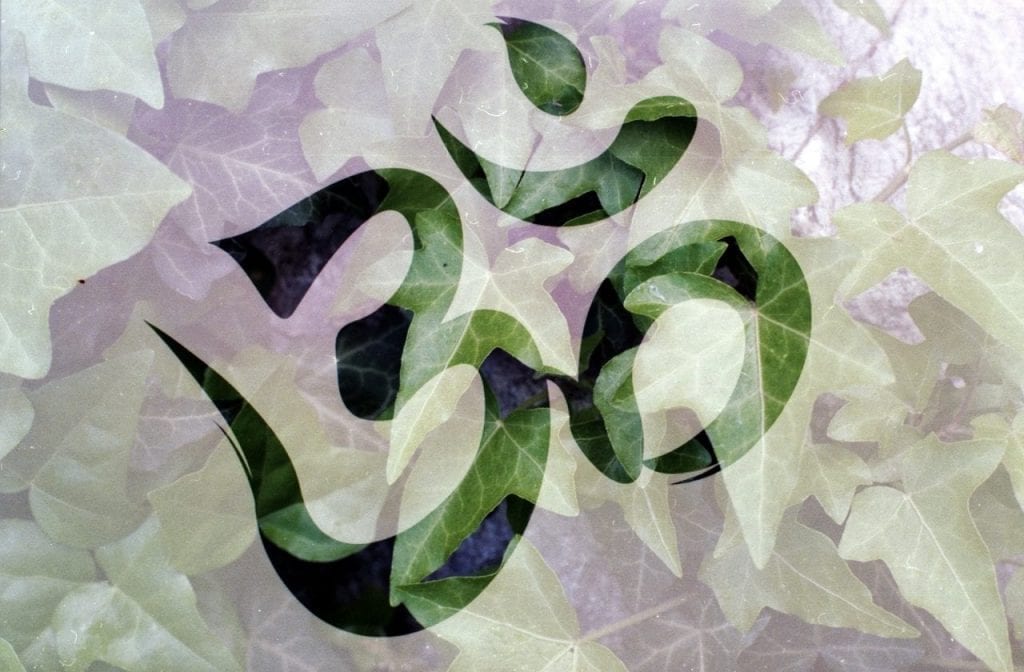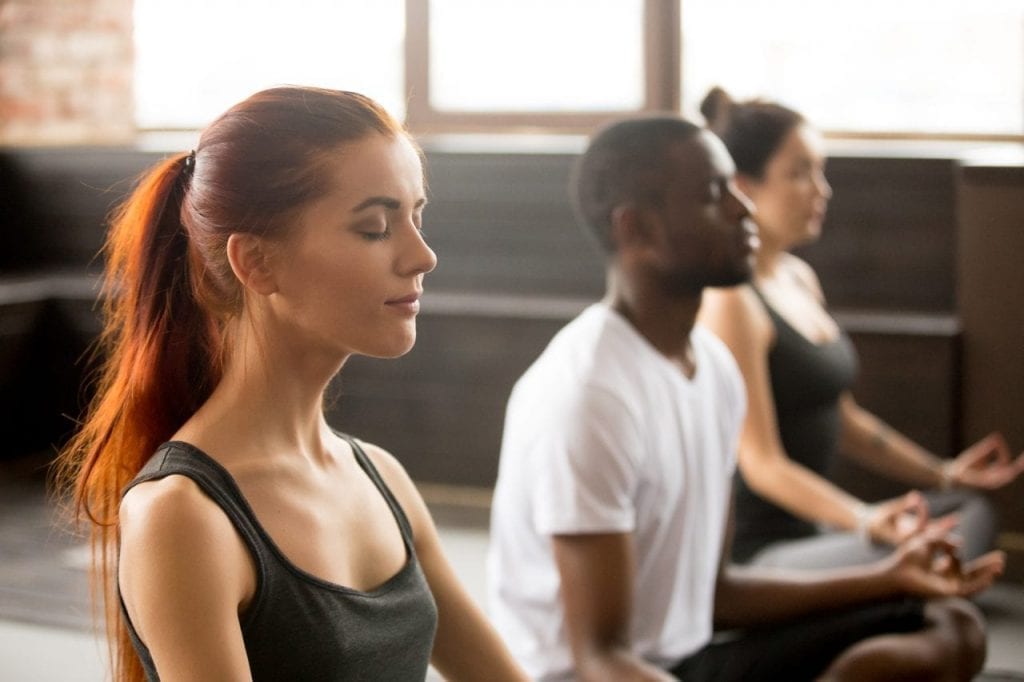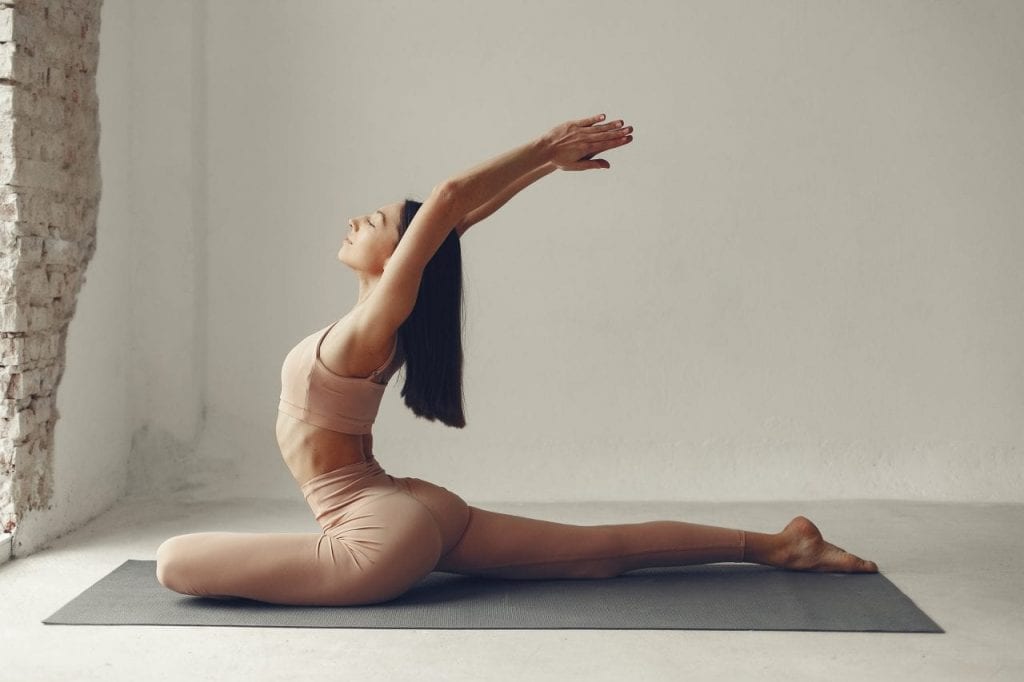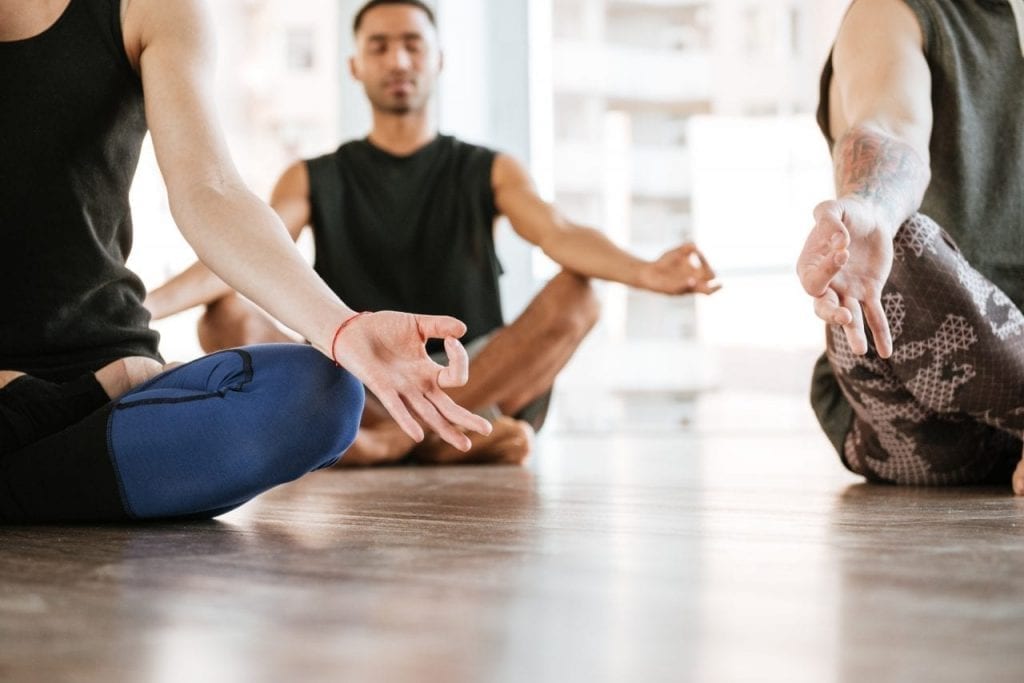An Introduction to Iyengar Yoga and it’s Benefits
Yoga movements may look quite easy, but once you attempt to do a few yoga poses, you’ll probably find that your body is not really that flexible and to maintain the correct body alignment is next to impossible. Iyengar yoga is best for such beginners and even for those who perform yoga, but are finding their joints stiff due to injuries or other medical reasons.
Iyengar yoga allows you to use props, such as pillow-like bolsters, belts and blocks, to help you achieve the correct postures without having to overstrain themselves.
How the Iyengar Yoga Style Developed
Yogacharya, Shri. B.K.S Iyengar was born on 14 th December 1918 in a poor Brahmin family in Bellur, India. He was the eleventh of the thirteen children and was born during a flu pandemic. He was always sick. Over the years, he had malaria, tuberculosis, and typhoid. His limitations while schooling, due to his poor health, made this teenager seek out different avenues for learning more about his body.
After recovering from tuberculosis, he decided to improve his health. He started to learn yoga in 1936. His guru and brother-in-law Krishnamacharya was teaching yoga in Mysore at that time.
Iyengar was so stiff that when he bent to touch his toes, his fingers could just reach till his knees. But his determination and hard work paid off. He committed himself completely to yoga and was determined to understand and perform it or die in the attempt (1).
B.K.S. Iyengar’s journey of teaching yoga as an exercise started with individual pupils. One of his students was the violinist Yehudi Menuhin, whom he met in 1952. Menuhin’s fame helped to facilitate Iyengar yoga as a brand in the Western world (2).
This is a video clip of B.K.S. Iyengar performing yoga in 1977.
He studied and taught yoga for about 75 years in all the continents of the world and made yoga accessible and relevant to the masses. He is the man responsible for inventing most of the props that are being used for this form of yoga (3).
What Makes Iyengar Yoga Different?
What makes Iyengar yoga so unique is that - it is for everyone! It is the most widely practiced form of yoga in the world. Certified Iyengar yoga teachers are very well qualified and have great experience in supporting the students in understanding their own level in the yoga poses being performed.
Props are available for making each pose achievable. Iyengar yoga focuses on postural alignment which is good for both postural and structural problems. When you give your full concentration to the precise details of each pose, it helps relieve you of stress and anxiety (4).
For an inexperienced person, Iyengar yoga may seem to be done at a slower pace than other types of yoga, but you’ll find that you need to put in more effort and work harder to reach the expected level of postural alignment. Iyengar class with its re-energizing postures will leave you feeling revitalized.
What Makes It Unique
Iyengar yoga mainly focuses on three important aspects – alignment, sequencing, and timing (5).
Alignment: This means maintaining the pose that is intended while respecting your body’s limits. The use of props in Iyengar yoga is not only helpful for students while doing an asana, this also reduces risk of injury. The right alignment of movements help you achieve a balance between your breathing, body, and mind.
Sequencing: This refers to the specific order in which the postures are practiced. It enables a structured progression in a safe manner. This helps in the ‘opening’ and balancing of the physical and emotional aspects of the human body.
Timing: In comparison to Vinyasa yoga, Iyengar yoga poses are held for longer periods of time. Once you achieve stability in a pose, then you are safely allowed to intensify the depth of the posture. This results in the development of strength and flexibility along with sensitivity and awareness between your body and mind.
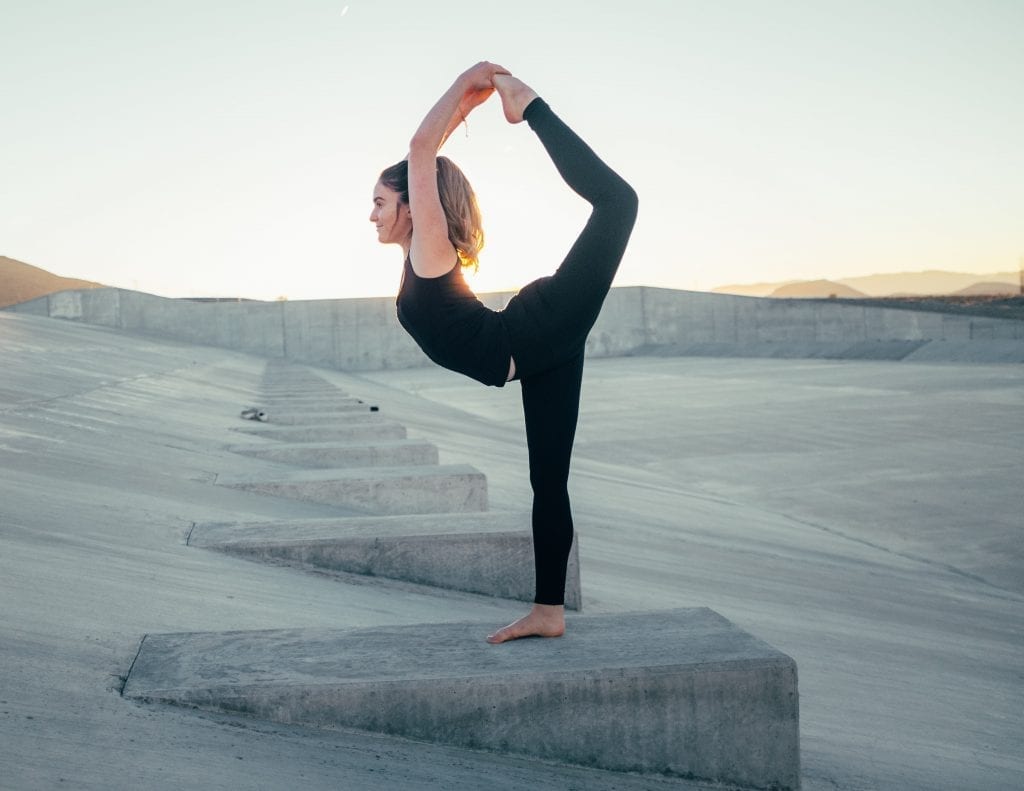
How to Use Props in the Iyengar Tradition
Iyengar yoga is famous for its use of props which help attain the proper alignment of the asanas ( postures ), in the best possible way, and minimizes the risk of injury (6).
For example, in Utthita Trikonasana, also known as the Triangle pose, your hand ideally should come to the floor on the outside of your front foot. But, often it seems difficult for you to bring your hand to touch the floor without compromising the opening of your chest (7).
This is one of the main purposes of the pose. In accordance with Iyengar’s methodology, the alignment of the left shoulder over the right can be facilitated by the use of a block that can be put under the right hand until the body becomes open enough. Once that is achieved, the block is no longer needed.
This is one such example in which Iyengar’s method makes yoga more accessible to a wide range of people.
13 Benefits of Iyengar yoga
As had been mentioned earlier, B.K.S. Iyengar started practicing yoga as a child because of his poor health. As he practiced yoga daily, his strength and health started improving and he started experiencing significant benefits of yoga. This enabled him to develop an in-depth knowledge of anatomy and adopt a therapeutic approach to the practice.
He understood that every person is blessed with different forms of strength and weaknesses. That is how he started advocating the use of props- blocks, belts, and blankets, to support the students, to gain proper alignment, in accordance with the person’s suitability. This ensured a safe practice of the asanas (8).
The benefits of practicing Iyengar yoga regularly are:
- Improve physical and psychological health
- Increase your energy
- Reconnect with your body and breath
- Release emotional tension
- Alleviate postural and structural problems
- Increase focus and concentration
The other reasons which make Iyengar yoga so beneficial and therapeutic (9) include:
Who is Iyengar Yoga Suitable for?
Iyengar yoga is suitable for everyone. Its attention to alignment and the use of props to help you go into the pose means that it is suited for everyone. It is ideal for beginners to gain optimal alignment It is also suitable for people with postural issues (17).
There are different types of Iyengar yoga classes. They are for beginners, intermediate and advanced.
The Iyengar approach intently focuses on the understanding of a beginner. It stresses the importance of providing a series of structured and staged classes that are specifically designed to safely introduce each student to the subject. It helps in providing a strong foundation for further exploration.
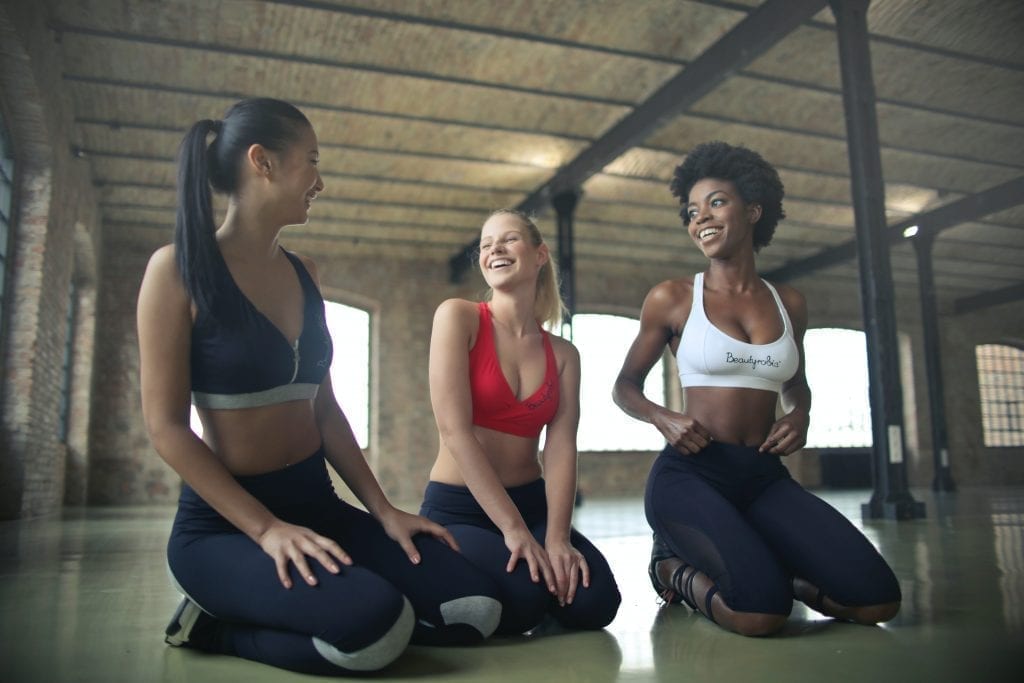
More About the Iyengar Method: No Flow
In yoga, the fluid transition from one pose to the other in conjugation with the breath is termed as the Vinyasa flow. In Iyengar style yoga, this Vinyasa flow is very little. Alternately, the poses are held for a prolonged duration while the alignment is perfected (18).
Therefore, Iyengar yoga is not an intense cardiovascular experience as the Ashtanga yoga which has a more flowing style. However, as holding the poses can be strenuous, it builds strength and is excellent in increasing flexibility.
Iyengar yoga is more accessible to a broader population as it is a great place to start even for people who are not physically capable of doing the flowing style practice.
What to Expect From an Iyengar Yoga Class
Iyengar yoga class should have everything that will leave you physically challenged, mentally stimulated, and spiritually calm. First and foremost, be sure to leave all your preconceptions behind.
Your starting point may be the feel of the sole of your feet. You will slowly learn to balance your feet evenly on your feet. From there, strengthening your legs will start so that they are effective enough to lift and support your spine. You learn to stand more upright and take off the unnecessary strain of your back.
The opening of your chest can have a significant impact when you are learning yoga the first time. Yoga will teach you to appreciate this and means to correct it. It may be a significant emotional experience as it gives you a feeling of empowerment (19).
The asanas included in the practice vary more class to class depending upon the ability of the students. They generally include standing, seated, forward and backbends, twists, inversions, and restorative postures.
Different asanas have different effects on the mind and body. Working with props is very unique in this yoga style that allows the body both action and relaxation simultaneously.
The class will always end with Savasana where you physically take rest. The alignment has to be proper and will be checked by teachers to facilitate equal relaxation. It allows the senses to withdraw slowly inwards, slowing the breath and stilling the mind, allowing the oneness of being, breath, and soul. This joining is called ‘yog’ or union.
This sort of first-hand experience of the transformational power becomes self-reinforcing and paves the way to regular and consistent practice. Finally, it leads to a greater sense of health and well being.
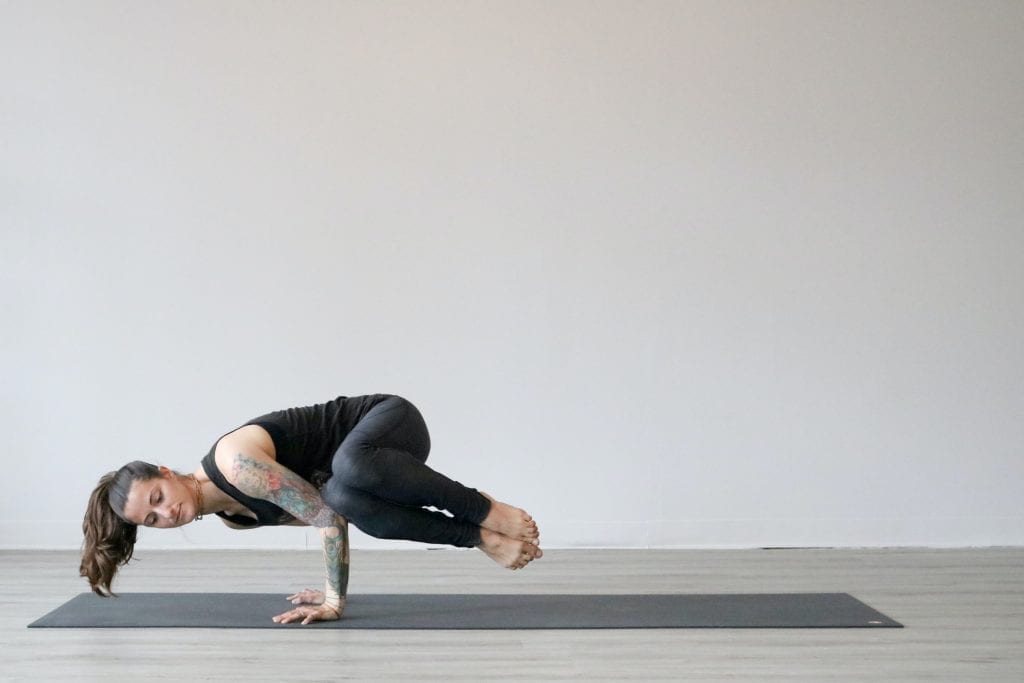
The Final Note
Based on Hatha yoga, Iyengar yoga is the most practiced type of yoga all over the world. This form of yoga focuses on alignment and teaches the right method of each posture. It believes that if the body is aligned with precision then the breath will also align with the same precision. This will help balance the mind, senses, and emotions.
Iyengar is famous for the use of props, like straps, blankets, bolsters, blocks, and chairs. As the focus is mainly on the quirks and needs of each individual person, the practice is highly therapeutic.
The teacher helps you focus on the nuances of each asana until the proper alignment is achieved. This makes it particularly good for postural and structural problems.
Whether you are a beginner or an experienced yogi having advanced knowledge, with expert advice, proper tips, and practice, the highly targeted pose sequence of Iyengar yoga can help you heal and improve the quality of life (20).
Contents



